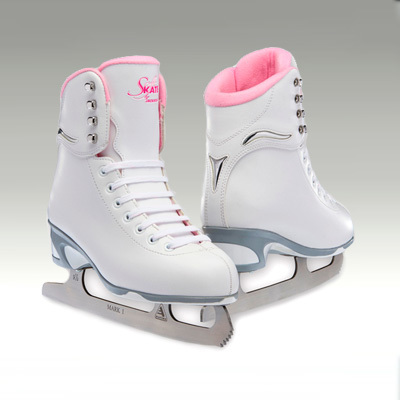Best Figure Skates for Ice Dancers and Freestyle Skaters
Figure skating is just a sport wherever detail, beauty, and technicality converge, and every factor plays a role in determining a skater's performance. Among these aspects, the style of determine skates—specially the blades—stands apart as a vital element influencing how skaters move, rotate, and land jumps. This short article examines the impact of edge design on Figure Skates efficiency and the complicated position it represents in maximizing a skater's potential. The Anatomy of a Determine Skate Knife A figure skate blade might look simple initially glance, but its style is very specialized. The blade includes many crucial components, like the toe choose, the hollow, and the modification radius. Each of these components is manufactured to offer a certain purpose: •Foot Select: The spectacular top edge of the edge is needed for advances and elaborate footwork, offering grip during takeoffs. Badly made foot choices can affect harmony and hinder jump execution.

•Useless: The empty could be the concave groove running along the blade's bottom, producing two distinctive edges. The depth of the empty determines traction and glide—shallower hollows provide smoother sliding, while deeper hollows offer better grasp on the ice. •Musician Radius: That refers to the refined curve along the length of the blade, affecting maneuverability. A smaller radius increases sharp turns and moves, while a lengthier radius supports speed and stability. Knife Design and Skating Actions The affect of edge style immediately correlates to the detail and success of specific skating techniques. For instance: •Gets: Foot advances, like the bottom trap and the switch, rely greatly on the toe choose for takeoff. The measurement and sharpness of the choose can determine how much force a skater provides through the jump. •Revolves: The musician radius regulates the blade's ability to maintain spins. A well-designed rocker enables smoother, more controlled rotations. •Sides and Converts: Expertise of sides is critical in figure skating, and edge hollows play a big role. Deeper hollows enable sharper turns, while little hollows are well suited for elegant sides and significant movements.

Handling Trade-offs in Edge Modification Among the issues skaters experience is finding blades that harmony hold, pace, and maneuverability. For example, while greater hollows improve footing, they might decelerate gliding. Equally, small-radius rockers enhance fast turns but can minimize stability. Customizing blades to suit a skater's design, knowledge, and exercises is a technology by itself, usually concerning cooperation between skaters, instructors, and knife manufacturers.